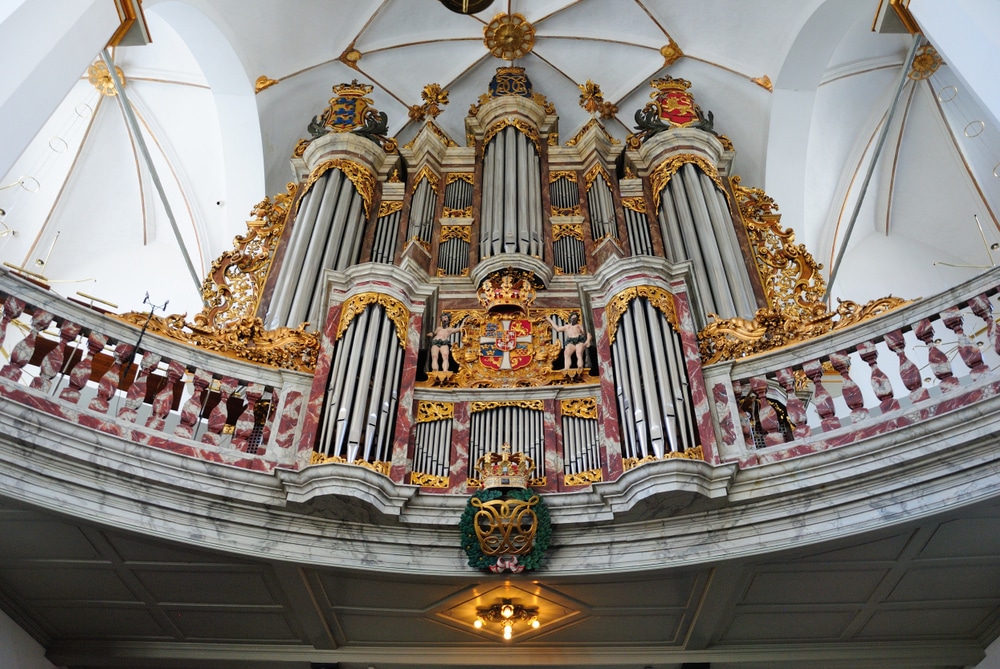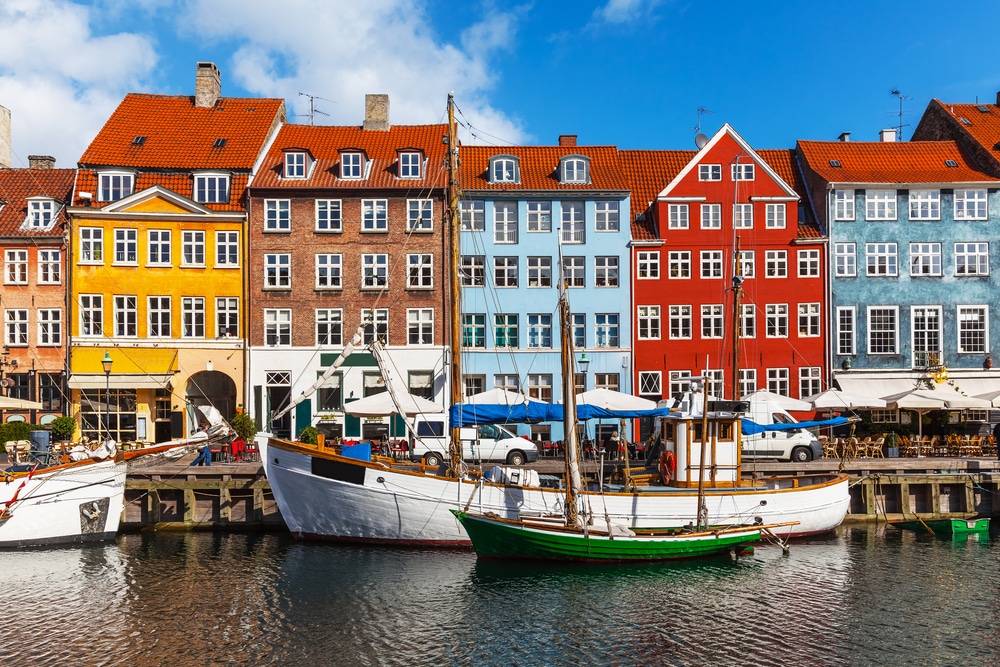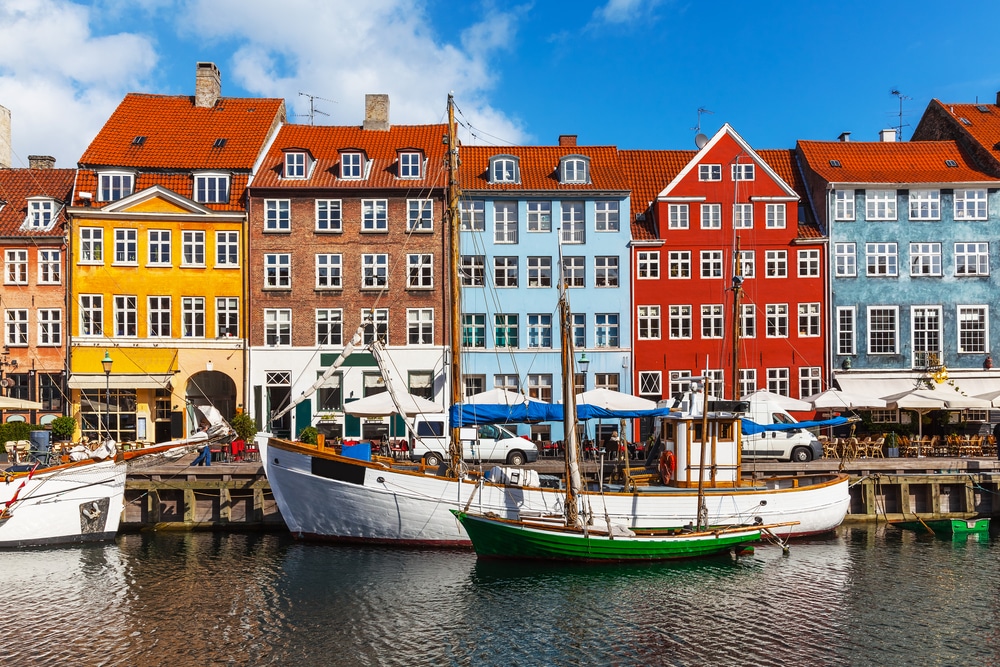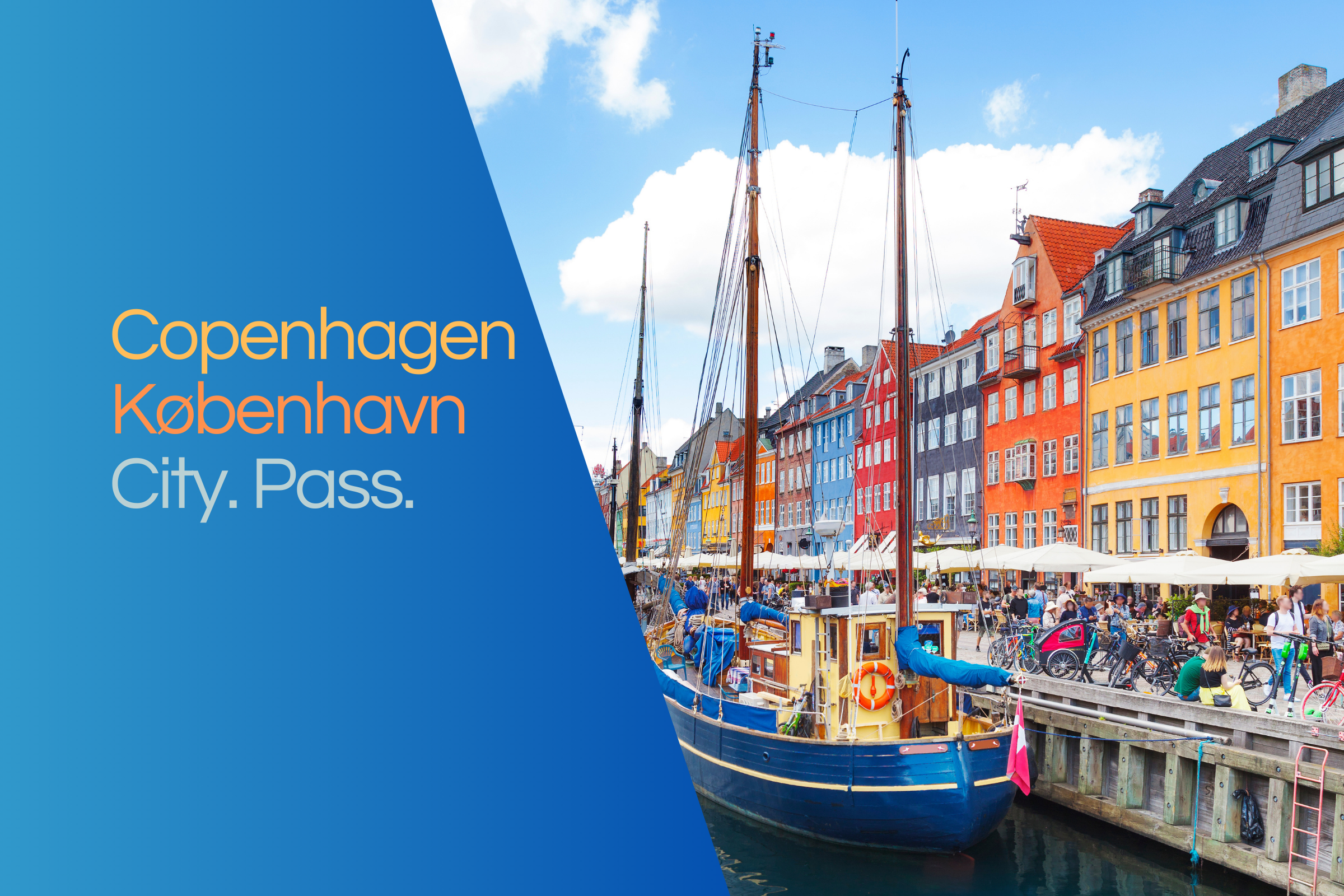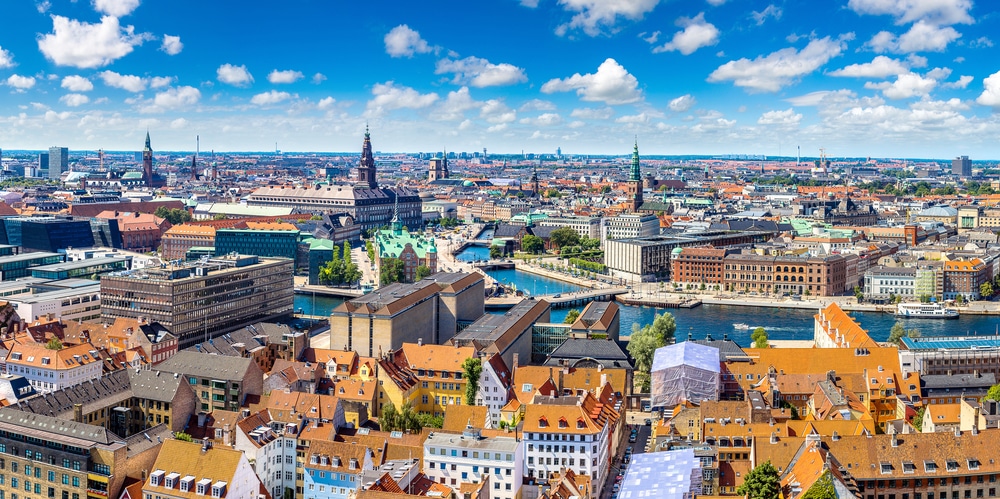- Home ›
- Denmark ›
- Copenhagen
Trinitatis Kirke (Trinity Church) in Copenhagen's Old Town is a complex of buildings that also includes the former university library and Rundetårn.
The history of the church
In 1637, work was started on the construction of Trinitatis Kirke by order of the Danish King Christian IX. The church was to be part of a complex of buildings belonging to the University of Copenhagen and served another purpose for the students besides religious education. The "Rundetaarn" ("round tower") of the church functioned as an observatory for the student body. The attic of the Trinitas Kirke also housed parts of the university library. Using a church at this time as a link between faith and science was unique, and this link is still the special charm of this church today.
The king himself was involved in the planning of the church and the rebus on the front of the round tower can be attributed to him. The first librarian of the university explained that this rebus should express that knowledge and justice reigned in the heart of the king. Whereas knowledge at that time was always understood to be the true and always to be seen in harmony with a truly Christian life and learning.
The dimensions of the church have accordingly been based on its use as the library of the university. It is about 50 m long, 20 m wide and has a clear interior height of 18 m. The church was completed in 1651 and its name comes from the holy consecration of the church on Trinity Day (Trinitas) in 1656.
Fire disaster and reconstruction
In the great fire of Copenhagen in 1728, the Trinitas Kirke was severely damaged and had to be closed for years. The church furnishings and the university library were irrecoverably lost. It was not until 1731 that the church was reopened after reconstruction and underwent numerous further restorations in the years that followed, most recently in 1981-82.
Meeting place for community life and music
Even though the Trinitas Church is mainly reserved for the Protestant service every Sunday, a lively congregational life has established itself. From September to May, well-attended events with evening services are held weekly. The church also hosts music services, experimenting with the type and form of music used in worship services.
The congregation of Trinitas Kirke also maintains very good relationships with neighbouring congregations, cultural venues and music academies, resulting in regular concert performances. Sing-along events are offered twice a month with the Church of Our Lady in Copenhagen. A visit to Trinitas Kirke is therefore worthwhile from both an architectural and a cultural point of view.
